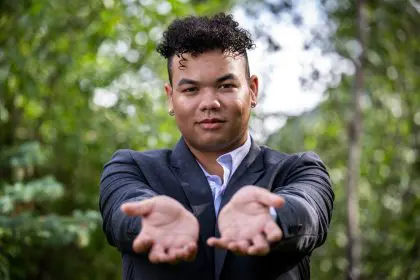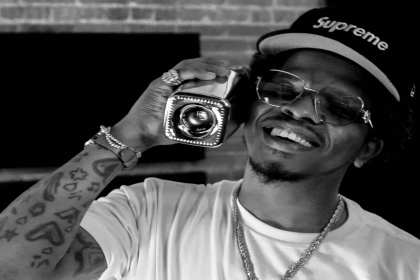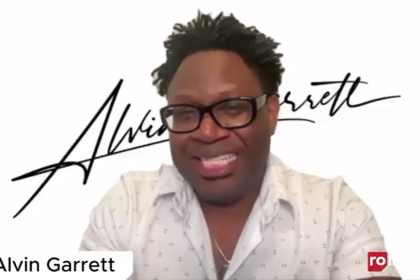Krump was an art form Katrina, better known as “Killarina,” once did not fully understand.
“I didn’t like the style nor the music,” Killarina once wrote in a statement released by Red Bull. “Eventually, my dislike for krump fueled my curiosity and disciplined my arrogance.”
Before the Red Bull Dance Your Style final took place in Chicago on May 20, Killarina spoke to rolling out about her dance career.
You emceed the Red Bull Dance Your Style finals in Chicago. Why was that opportunity meaningful to you?
I want to say this because I feel like it’s super important. From the bottom of my heart, I want to say how thankful and grateful I am to Red Bull Chicago media relations.
The overall street dance and overall dancing here in the city, from BraveSoul to Chibuck Movement to Tanji Harper to The Happiness Club, and last, but not least, to my family. My mother, my father, and my sister, thank you guys so much for allowing me to explore, get into my passions within street dance culture, and become an aid in the journey of the person that I am.
What are some of the stories you’ve told about Chicago through dance?
Chicago is very driven by culture and around, I call it “the cookout vibes.” Over the summer, your crew’s [on]Lake Shore Drive, and you pull up to the beach [and get] the grill out, the other one’s got the speaker, one forgot the bag of ice, so you go to the store to grab a bag of ice. The cookout vibe is essentially a way of bringing humility back into dance [that] I think Chicago really displays … really showcasing resiliency and love and passion through the work we don’t see.
Describe your dance journey and how you got into krump.
Shout-out to the ChiBuck movement. My beginning journey of dance was super vague. All I knew was I loved to dance to a beat … so when I first started dancing, I had no style. There was no style association.
Then, when I got older into my late teens and early adulthood years, I noticed that street dance style influence[d] the styles I engaged in and I learned it. I had prior dance experience in a studio and was more performative, but in a street-like dance, seeing grassroots down the block with the cardboard box on the floor, I never went back. And I use that experience to bridge the gap between both communities with the choreography and studio-driven learners, teachers, movers, dancers to the street dance and freestyle community scene.
When I got into krump, this idea I’m challenging me to be in a new space, and I’m interested to learn and explore. One of the most untold stories I noticed in my journey is when dancers are afraid to express their failures, and they’re afraid to express their arrogance. When you’re in a space that’s so culturally driven, you’re not going to just get what you get in a day or in two because these are people’s real, lived experiences.















